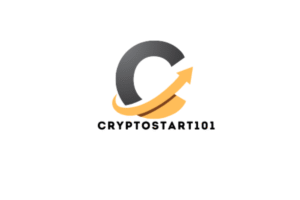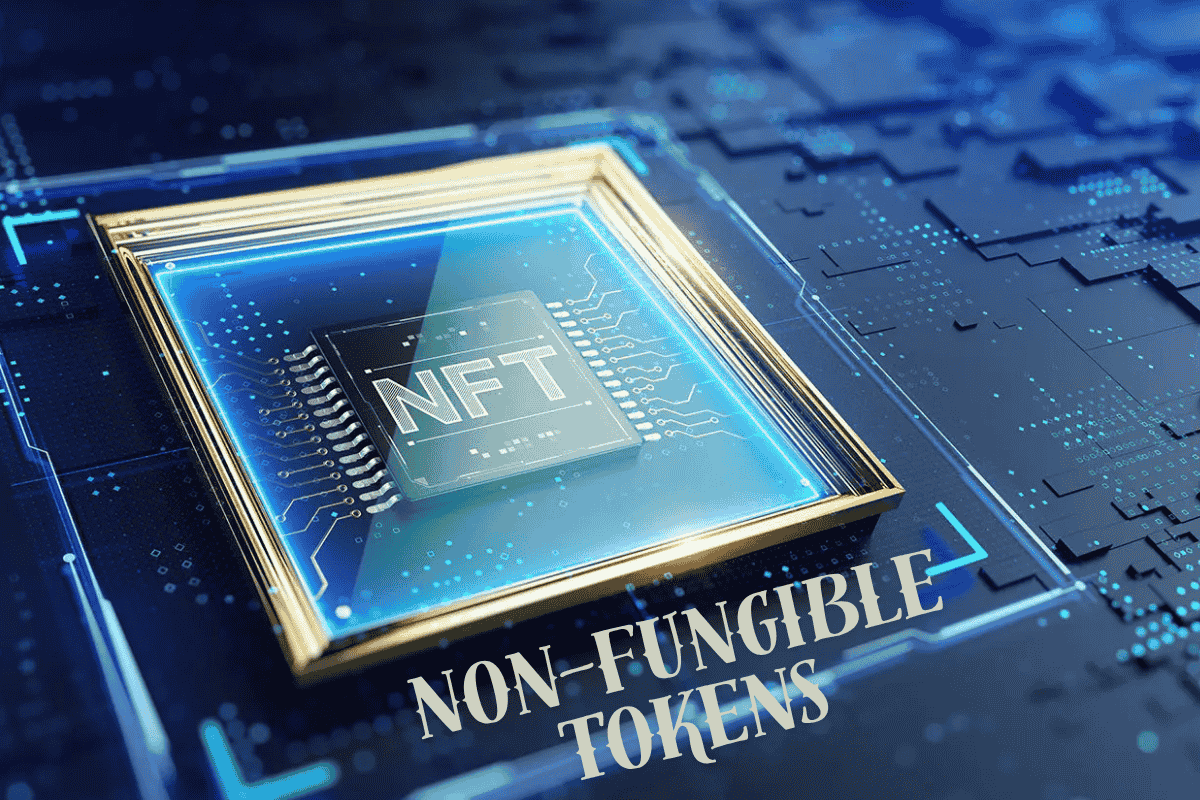The digital world has been hectic lately with Non-Fungible Tokens (NFTs). News about digital art being sold for large sums and popular stars making their own NFT collections may have reached you. What does NFT stand for? Why does everyone keep investing in cryptos, and what makes them so popular? We’ll cover everything you should know about NFTs, including the basics, how they operate, their benefits, and possible hazards in this beginner’s guide.
Let’s dive into it!
Table of Contents
What Do NFTs Mean?
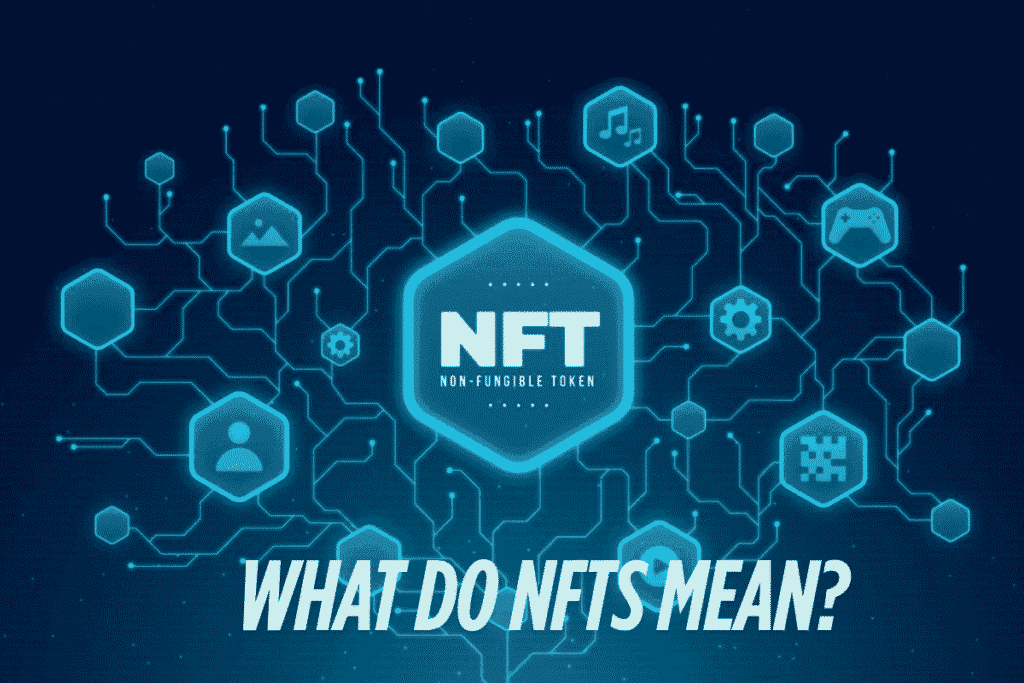
Non-Fungible Token is what NFT means. Let’s look at the word itself to understand this. In the digital world, a token is a means of storing a digital asset on a blockchain. Think of tokens as digital proofs that demonstrate ownership or control of something.
Non-Fungible means an object or asset that is not the same as any other and cannot be swapped for something else in the same way. A bitcoin is considered fungible since one is the same as another and can be traded with any other bitcoin. Still, NFTs are unique because no two are the same — each one is one-of-a-kind.
When we speak about NFTs, they are special Non-Fungible Tokens that confirm a user’s ownership or the originality of a digital asset.
Difference Between Fungible and Non-Fungible Tokens
NFTs are easier to explain by comparing them with fungible tokens.
Fungible Tokens
All fungible tokens share the same value and can replace one another.
For example, cryptocurrencies such as Bitcoin and Ethereum, or regular money like the US Dollar, are all assets.
Guinness is an example of how one Bitcoin is the same as another, even after being exchanged.
- NFTs, which stand for Non-Fungible Tokens
- NFTs are distinctive digital assets that are unlike any others.
- We cannot swap them for something the same as them.
- You can find digital art, music, collectibles, virtual real estate, and in-game items as examples.
Imagine a stack of dollar bills, and every dollar is the same. Now, imagine original art pieces by famous artists, where each is different from the others in value.
How Does an NFT Function
Although most NFTs are on the Ethereum blockchain, others, including Binance Smart Chain, Flo,w, and Tezos, are getting more attention too.
- Let’s go over how NFTs function in a plain language explanation.
- Creation or “Minting” is the process of creating a new blockchain.
If you make an NFT, the process is called minting. To do this, a digital asset (art, music, video) is turned into a blockchain asset, and all its data (such as who has it and its origin) is written to the blockchain.
Ownership and Provenance Explained
The ownership history of an NFT is clearly shown in the blockchain ledger. Therefore, anyone can confirm the owner and review all its past transactions for accuracy.
- Buying, selling, and trading are all possible in the world of stocks.
Those willing to trade NFTs can do so on websites such as OpenSea, Rarible, and NBA Top Shot. The change in ownership is added to the blockchain, which helps keep everything clear.
Smart Contracts
NFTs are designed so that smart contracts oversee ownership rights, and sometimes these contracts help automate royalty payments for artists.
What Sort of Object Can an NFT Be
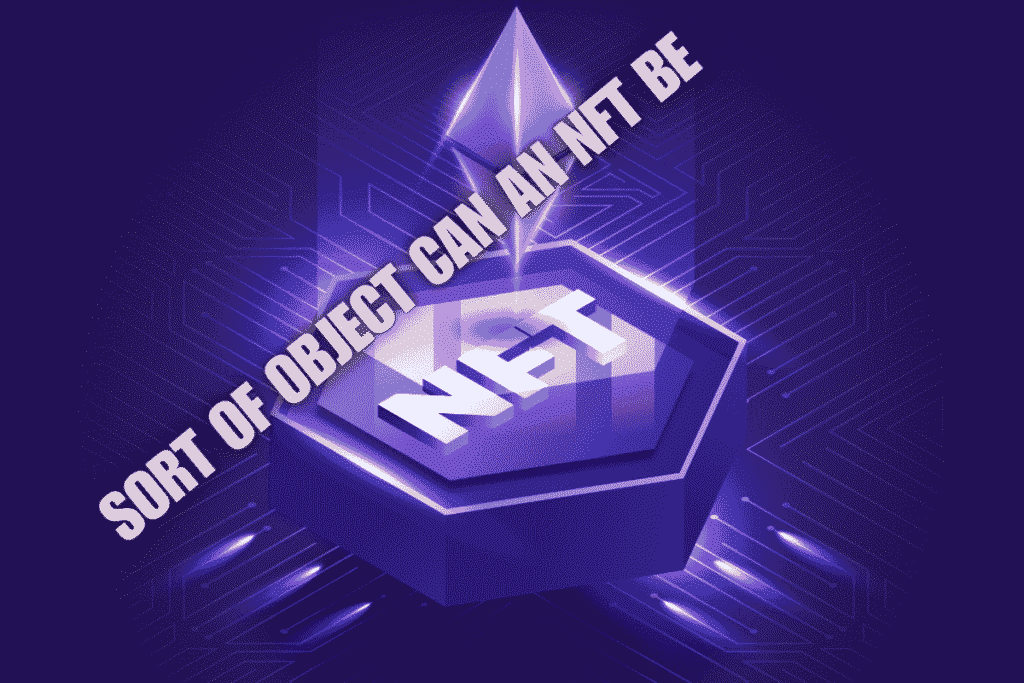
NFTs are part of a fast-growing and far-reaching environment. Just about any digital file can be made into an NFT. You may be interested in reading about a few famous ones:
Digital Art
Creators can sell their NFTs, including set royalties, so that they make money every time a buyer sells their artwork.
Music and Audio are Two Groups in the Creativity Area
Exclusive tracks, albums, and tickets for concerts can be offered for sale as NFTs.
Collectibles
Physical trading cards, virtual animals, or interesting digital items (such as CryptoKitties) can become NFTs.
The Area of Virtual Real Estate
Decentraland and Sandbox are platforms through which users can purchase, trade, or create on digital land parcels shown as NFTs.
Gaming Items
Skins, weapons, and characters found in a game can be distributed as NFTs, so players can buy, exchange, and use them outside the game.
Domain Names
Blockchain domain names can be owned via NFTs.
Ticket Prices and Membership Program
By using NFTs, event organizers can grant entry or membership and prove who attended or is a member.
Why Is There So Much Interest in NFTs
NFTs have come to the fore for various reasons.
Digital Ownership
It was once challenging to show ownership of digital items until NFTs were introduced with blockchain.
Supporting Creators
Artists and creators can now use NFTs as a way to make money and receive royalties with no extra effort required.
Collectibility refers to how many copies exist
Because NFTs are one of a kind, they become desirable to collectors.
Knowing the community and social status
Collecting rare NFTs may earn you status in some online groups, just as collecting rare physical items gives you status with other groups.
The Creation of New Nays to Invest Your Money
Because NFTs are a different type of Non-Fungible Tokens, investors are turning to them to create a diversified digital portfolio.
- Buying and selling “Non-Fungible Tokens: Your Ultimate Guide to Understanding the NFT Boom” has become very simple.
- There are only a few things you need to do when buying or selling NFTs.
- Begin by getting a Crypto Wallet.
- Be sure to get a wallet for cryptocurrencies like MetaMask or Coinbase Wallet.
The next step is to buy cryptocurrency.
- To buy most NFTs, you will need ET, H, which you can buy at Coinbase, Binance, Cex, or Kraken.
In the third step, attach your wallet to the marketplace.
- Associate your wallet with an Non-Fungible Tokens marketplace such as OpenSea, Rarible, or Foundation.
- At this point, start looking for products and make your purchases.
Check out the NFT listings and use your crypto wallet to make a purchase.
In step five, NFTs are ready to be sold using the app.
You can put up your Non-Fungible Tokens on different marketplaces, then decide on a price (either fixed or in an auction) and see who might purchase it.
Problems and Risks Connected to NFTs
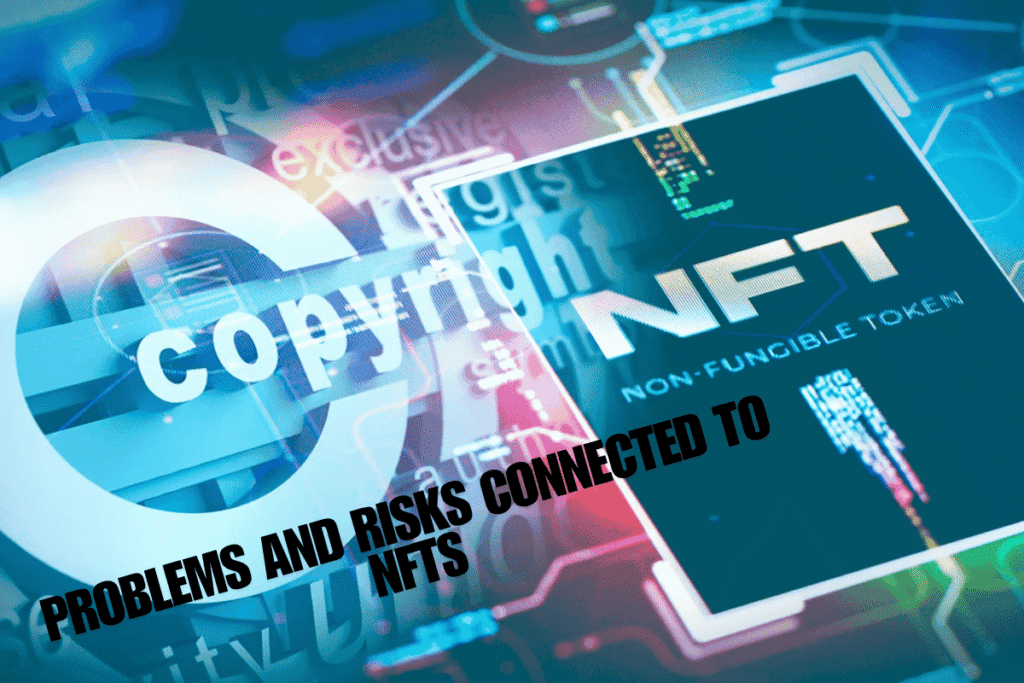
NFTs are certainly capturing attention, but they carry certain risks.
Market Volatility
Because of speculation in NFTs, their prices can fluctuate rapidly.
Fraud and scams are becoming more common.
Since anyone can make fake NFTs and copy content, you should do proper research before buying.
Environmental Concerns
Energy is needed for Non-Fungible Tokens minting and transactions, which leads to environmental concerns, mainly on blockchains like Ethereum, but the latter is changing its approach to use less energy.
Confusion About Legislation
Because regulations about NFTs are still being developed, there is a lot of legal uncertainty.
Liquidity Issues
It’s not always easy to get rid of an item immediately, and some might see their value decrease over time.
What the Future of NFTs Holds
- Even though they are still new, NFTs have great possibilities.
- NFTs will become important in how we use virtual worlds and augmented reality spaces.
- Many artists, brands, DSs, and businesses will start to use NFTs regularly in their operations.
- With the new standards in place, NFTs will be easily shared and used on multiple blockchains.
Besides art and collectibles, NFTs may change the way we handle real estate transactions, prove someone’s identity, and protect intellectual property.
Conclusion
Non-Fungible Tokens are affecting how we define ownership, creativity, and value in technology today. These technologies help artists get paid, let collectors own special digital artwork, and invite all participants to take part in a digital trading world. The space is interesting, but people need to be cautious as it is filled with risks.
As a newcomer, read about the technology, get familiar with it, and start with simple tasks first. Non-fungible tokens join the worlds of art, technology, and finance, and they are likely to change and affect our digital lives for a long time.
Now that we know what NFTs are, how should you begin using them?
Frequently Asked Questions (FAQs)
- Are NFTs as different from cryptocurrencies as they are from digital artwork?
That’s not true. Cryptocurrencies are fungible, which means each token is the same as every other one. These tokens prove you own an item in the digital world.
- Is there a way to tell if an NFT is real?
Because everything about NFTs is recorded on the blockchain, you can use the ownership and transaction history to prove they are real. Make sure you purchase your music from well-known services or artists.
- Can I reproduce an NFT?
You can take a copy of the digital record, yet the original NFT proves who owns the work and does not allow copying.
- What methods do creators use to make revenue from NFTs?
Many creators allow buyers to purchase their digital art as NFTs, and the makers usually get a cut from any secondary sale as well.
- Is investing in NFTs a good idea?
Non-Fungible Tokens investing comes with a lot of risk. Because prices can rapidly increase or decrease, it’s essential to follow the rules and only
